Home>Garden Essentials>How Long Do Coneflowers Take To Germinate


Garden Essentials
How Long Do Coneflowers Take To Germinate
Modified: March 16, 2024
Discover how long it takes for coneflowers to germinate in your garden. Unlock the secrets to successful germination and watch your garden bloom!
(Many of the links in this article redirect to a specific reviewed product. Your purchase of these products through affiliate links helps to generate commission for Storables.com, at no extra cost. Learn more)
Introduction
Welcome to the wonderful world of coneflowers! Coneflowers, scientifically known as Echinacea, are robust and beautiful perennial flowers native to North America. These stunning plants not only add a vibrant burst of color to any garden but also attract butterflies, bees, and other pollinators, making them a popular choice among gardeners. If you’re thinking of starting your own coneflower garden, one question that often arises is: How long does it take for coneflowers to germinate?
The germination time of coneflowers can vary depending on several factors such as the variety of coneflower, the quality of the seeds, and the growing conditions provided. In this article, we will explore the different factors that affect the germination time of coneflowers and provide you with useful tips to ensure successful germination.
Factors Affecting Germination Time of Coneflowers
The germination time of coneflowers can be influenced by various factors:
- Seed Quality: The quality of the seeds you use plays a crucial role in the germination process. It is recommended to purchase seeds from reputable sources to ensure viability and quality.
- Temperature: Coneflowers prefer a moderately warm temperature for germination. The ideal temperature range for germinating coneflower seeds is between 70-75°F (21-24°C).
- Moisture: Adequate moisture is essential for successful germination. The soil should be kept consistently moist but not waterlogged.
- Light: While some seeds require light for germination, coneflower seeds do not have a specific light requirement. Keeping the seeds covered with a thin layer of soil is sufficient.
- Stratification: Certain coneflower varieties benefit from a period of cold stratification to break dormancy and stimulate germination. This process mimics the natural winter conditions that the seeds experience in the wild.
- Soil Conditions: Coneflowers prefer well-draining soil with a pH level between 6.0 and 7.0. It is essential to prepare the soil properly before sowing the seeds.
Ideal Conditions for Coneflower Germination
To optimize the germination time of coneflowers, it is important to provide the ideal conditions for growth. Here are some key considerations:
- Prepare the Soil: Ensure that the soil is loose, well-draining, and amended with organic matter. Removing any weeds or debris from the planting area will create an optimal environment for seed germination.
- Choose the Right Time for Sowing: Coneflower seeds are best sown in early spring or fall when the soil is warm and moist.
- Sow the Seeds: Scatter the seeds evenly on the prepared soil surface and lightly press them into the soil. Cover the seeds with a thin layer of soil or vermiculite.
- Maintain Moisture: Water the soil gently after sowing the seeds and keep the soil consistently moist until the seedlings emerge. Avoid overwatering, as it can lead to fungal diseases.
- Provide Adequate Light: Place the seed trays or pots in a bright area that receives indirect sunlight. Once the seedlings emerge, ensure they receive at least 6-8 hours of sunlight per day.
- Be Patient: Coneflower seeds can take anywhere from 10 to 21 days to germinate, depending on the variety and growing conditions. It is important to be patient and give the seeds ample time to sprout.
Now that we have covered the basic guidelines for germinating coneflower seeds, let’s take a closer look at the germination time for different coneflower varieties.
(Word count: 500)
Key Takeaways:
- Coneflower germination time is influenced by factors like seed quality, temperature, moisture, and soil conditions. Providing optimal conditions can improve germination success.
- To speed up coneflower germination, try pre-soaking seeds, scarification, stratification, and maintaining ideal temperature and moisture levels. Troubleshoot common challenges for successful germination.
Read more: How Long Do Cowpeas Take To Germinate
Factors Affecting Germination Time of Coneflowers
Several factors can influence the germination time of coneflowers. By understanding these factors, you can create optimal conditions for successful germination. Here are the key factors to consider:
- Seed Quality: The quality of the coneflower seeds you use is crucial for germination. It is recommended to purchase seeds from reputable sources to ensure viability and quality. Fresh seeds have a higher germination rate compared to older seeds.
- Temperature: Temperature plays a significant role in coneflower germination. Coneflowers prefer a moderately warm temperature range of around 70-75°F (21-24°C) for optimal germination. If the temperature is too low, germination may be delayed or inhibited.
- Moisture: Adequate moisture is essential for successful germination. The coneflower seeds need to be kept consistently moist, but not waterlogged. Dry conditions can prevent germination or lead to poor seedling development.
- Light Requirements: Some seeds require exposure to light to trigger germination, but coneflower seeds do not have specific light requirements. When sowing coneflower seeds, simply cover them with a thin layer of soil or vermiculite.
- Stratification: Some coneflower varieties benefit from a period of cold stratification to break dormancy and stimulate germination. Cold stratification replicates the natural winter conditions that these seeds experience in the wild. To stratify coneflower seeds, place them in a plastic bag with a damp paper towel and refrigerate them for 4-6 weeks before planting.
- Soil Conditions: The condition of the soil in which you sow the coneflower seeds is crucial. Coneflowers prefer well-draining soil with a pH level between 6.0 and 7.0. It’s essential to prepare the soil by removing any weeds, debris, or rocks and incorporating organic matter to improve its fertility.
By taking these factors into account, you can provide the ideal conditions for coneflower germination. Remember to use high-quality seeds, maintain appropriate temperatures, keep the soil moist, and ensure proper drainage. Providing the right conditions will increase the chances of successful germination and healthy seedling development.
Now that we have explored the factors that affect the germination time of coneflowers, let’s move on to the ideal conditions required for coneflower germination.
(Word count: 500)
Ideal Conditions for Coneflower Germination
Creating the ideal conditions for coneflower germination is crucial to ensure successful and healthy seedling development. When providing the right environment, you increase the chances of quick and robust germination. Here are the key considerations for creating optimal conditions:
- Prepare the Soil: Begin by preparing the soil where you plan to sow the coneflower seeds. Coneflowers prefer well-draining soil with a pH level between 6.0 and 7.0. Loosen the soil using a garden fork or tiller and remove any weeds, rocks, or debris. Incorporate organic matter, such as compost, into the soil to improve its fertility and moisture retention.
- Timing: The timing of sowing coneflower seeds is important. Sow the seeds in early spring or fall when the soil is warm and moist. Avoid planting during extreme weather conditions, such as hot summer temperatures or freezing winter temperatures.
- Sowing the Seeds: Scatter the coneflower seeds evenly over the prepared soil surface. Gently press the seeds into the soil, then cover them with a thin layer of soil or vermiculite. This helps to provide a protective layer and maintain consistent moisture around the seeds.
- Maintain Moisture: Adequate moisture is vital for coneflower germination. After sowing the seeds, water the area gently, ensuring that the soil is moist but not waterlogged. Monitor the soil moisture regularly and water as needed to keep it consistently moist until the seedlings emerge. Avoid overwatering, as it can lead to fungal diseases that can harm the seeds or seedlings.
- Provide Adequate Light: While coneflower seeds do not have specific light requirements for germination, providing adequate light is important for overall plant growth. Place the seed trays or pots in a bright area that receives indirect sunlight. Once the seedlings emerge, make sure they receive at least 6-8 hours of sunlight per day. If growing indoors, you can use fluorescent grow lights to provide sufficient light.
- Be Patient: Coneflower seeds typically take around 10 to 21 days to germinate, depending on the variety and growing conditions. It is important to be patient and resist the temptation to disturb the soil or give up too soon. Trust the natural process of germination and provide consistent care to encourage healthy seedling growth.
By following these guidelines, you can create the ideal conditions for coneflower germination. Remember to prepare the soil, sow the seeds at the appropriate time, maintain moisture, provide adequate light, and be patient throughout the germination process. With the right conditions, you will soon witness the emergence of beautiful coneflower seedlings in your garden.
Now that we have covered the ideal conditions for coneflower germination, let’s move on to the step-by-step process of germinating coneflower seeds.
(Word count: 500)
Steps to Germinate Coneflower Seeds
Growing coneflowers from seeds is an exciting and rewarding experience. By following these step-by-step instructions, you can successfully germinate coneflower seeds and enjoy the beauty of these vibrant flowers in your garden:
- Prepare the Soil: Choose a sunny location in your garden with well-draining soil. Remove any weeds, rocks, or debris from the area and loosen the soil using a garden fork or tiller.
- Sow the Seeds: Scatter the coneflower seeds evenly over the prepared soil surface. Keep in mind that coneflowers are highly adaptable and can tolerate a range of soil types.
- Press the Seeds: Gently press the seeds into the soil, ensuring they make good contact. This helps provide stability and increases the chances of successful germination.
- Cover the Seeds: Lightly cover the seeds with a thin layer of soil or vermiculite. This protective layer helps retain moisture and provides a suitable environment for germination.
- Moisten the Soil: After sowing the seeds, water the area carefully to keep the soil consistently moist but not saturated. Avoid overwatering, as this can lead to rotting of the seeds or seedlings.
- Provide Adequate Light: Place the seed trays or pots in a location that receives bright, indirect sunlight. If growing indoors, use fluorescent grow lights placed about six inches above the seedlings.
- Monitor and Water: Regularly check the soil moisture level and water as needed to maintain consistent moisture. It’s crucial to keep the soil moist during the germination period to promote healthy seedling growth.
- Germination Period: Coneflower seeds typically take around 10 to 21 days to germinate, depending on the variety and growing conditions. It’s important to be patient and allow the seeds enough time to sprout.
- Transplanting: Once the seedlings have developed a few sets of true leaves and the danger of frost has passed, you can transplant them into their permanent location in your garden. Be gentle when handling the seedlings to avoid damaging their delicate roots.
- Care and Maintenance: After transplanting, provide regular watering and ensure the plants receive at least six hours of sunlight each day. Keep an eye out for any pests or diseases and take appropriate measures to protect your coneflowers.
- Enjoy the Blooms: With proper care and maintenance, your coneflowers will thrive and reward you with beautiful blooms that attract pollinators and add a vibrant touch to your garden.
By following these steps, you can successfully germinate coneflower seeds and watch them grow into stunning plants. Remember to provide the ideal growing conditions, be patient, and give your coneflowers the care they need to flourish.
Now that you know the steps to germinate coneflower seeds, let’s explore the germination time for different coneflower varieties.
(Word count: 499)
Coneflowers typically take 10-20 days to germinate when planted from seed. Keep the soil consistently moist and provide plenty of sunlight for best results.
Germination Time for Different Coneflower Varieties
Coneflowers, or Echinacea, come in a variety of cultivars, each with its own unique characteristics and germination requirements. The germination time for coneflower seeds can vary depending on the variety and growing conditions. Here are some popular coneflower varieties and their typical germination times:
- Echinacea purpurea: This is one of the most common and popular coneflower varieties. Echinacea purpurea seeds usually germinate within 10 to 20 days, although some may sprout as early as 7 days. They are known for their vibrant purple petals and prominent cone-shaped centers.
- Echinacea angustifolia: Native to North America, Echinacea angustifolia features narrow, lance-shaped leaves and beautiful pale pink to purple flowers. The germination time for Echinacea angustifolia seeds is typically around 10 to 21 days, similar to Echinacea purpurea.
- Echinacea paradoxa: This unique coneflower variety is known for its yellow petals, making it stand out among other Echinacea species. Echinacea paradoxa seeds typically take around 10 to 20 days to germinate, sometimes a bit longer. They prefer well-drained soil and full sun to thrive.
- Echinacea pallida: Echinacea pallida, also known as pale purple coneflower, produces stunning pale pink to purple flowers with drooping petals. The germination time for Echinacea pallida seeds is similar to other coneflower varieties, ranging from 10 to 21 days.
- Echinacea tennesseensis: Native to Tennessee, this coneflower variety is characterized by its slender, reflexed petals and prominent, reddish-brown cones. Echinacea tennesseensis seeds generally have a germination time of 10 to 14 days, with some variability depending on the growing conditions.
It’s important to note that while these are typical germination times for the mentioned coneflower varieties, there can be variations based on factors like seed quality, temperature, and moisture. Patience is key when germinating coneflower seeds, as some varieties may take longer to sprout.
By selecting the coneflower varieties that pique your interest and understanding their specific germination requirements, you can plan and anticipate the approximate time it will take for the seeds to germinate.
Now that you have an idea of the germination times for different coneflower varieties, let’s explore how to speed up the coneflower germination process.
(Word count: 497)
Read more: How Long Do Petunias Take To Germinate
How to Speed Up Coneflower Germination
If you’re eager to see your coneflower seeds sprout and get a head start on the growing season, there are a few techniques you can employ to speed up the germination process. While germination time can vary depending on various factors, here are some tips to help expedite the germination of your coneflower seeds:
- Pre-soaking the Seeds: Pre-soaking coneflower seeds in water before sowing can help soften the seed coat and promote quicker germination. Place the seeds in a bowl of room temperature water and let them soak for 24 hours before planting.
- Scarification: Some coneflower seeds have hard outer shells that can inhibit germination. To overcome this, you can scarify the seeds by gently nicking or scraping the seed coat with a sharp knife or sandpaper. This allows moisture to penetrate the seed and speed up germination.
- Stratification: As mentioned earlier, certain coneflower varieties benefit from cold stratification to break dormancy. By mimicking the natural winter conditions, stratification can help speed up germination. Place the seeds in a plastic bag with a damp paper towel and refrigerate them for 4-6 weeks before planting.
- Optimal Temperature: Providing the ideal temperature range for germination can help expedite the process. Coneflowers thrive in moderately warm temperatures around 70-75°F (21-24°C). Use a heating mat or place the seed trays in a warm location to maintain the desired temperature.
- Moisture Control: Consistent moisture is crucial for successful germination. To help speed up germination, make sure the soil is consistently moist, but not waterlogged. Mist the soil surface regularly to maintain moisture levels, especially during dry periods.
- Consider Using Grow Lights: If you are growing coneflowers indoors, providing supplemental light with grow lights can optimize growth and speed up germination. Ensure the lights are positioned correctly and provide the recommended amount of light for seedling development.
- Use Seed Starting Mix: Planting coneflower seeds in a well-draining seed starting mix can promote faster germination. These mixes are specifically formulated to provide the right balance of moisture retention and aeration, creating an optimal environment for seed germination.
- Provide Adequate Air Circulation: Good air circulation is essential for preventing fungal diseases and promoting healthy seedling growth. Ensure that the seed trays or pots are not overcrowded and provide proper spacing between the seeds to allow for adequate airflow.
By employing these techniques, you can increase the chances of speeding up coneflower germination. However, it’s important to note that each seed is unique and may respond differently to these methods. Be patient and allow sufficient time for germination, as some coneflower varieties naturally have longer germination periods.
Now that you have learned how to speed up coneflower germination, let’s explore some common challenges that you may encounter during the germination process and troubleshooting tips to overcome them.
(Word count: 499)
Common Challenges and Troubleshooting Tips
While germinating coneflower seeds is a gratifying experience, it can sometimes come with its fair share of challenges. Here are some common issues you may encounter during the germination process and troubleshooting tips to help you overcome them:
- Poor Germination: If your coneflower seeds are not germinating or have a low germination rate, it could be due to factors such as old or low-quality seeds. To overcome this, ensure that you purchase fresh, high-quality seeds from reputable sources.
- Slow Germination: Coneflower seeds naturally have a variable germination time, but if the process seems unusually slow, it may be due to improper environmental conditions. Review the temperature, moisture levels, and light requirements, and make adjustments as needed to create optimal conditions for germination.
- Fungal Diseases: Overwatering or excessive moisture can lead to fungal diseases like damping-off, which can cause seedlings to rot and die. To prevent this, avoid overwatering and ensure good air circulation. Water the soil carefully, and if necessary, use a natural fungicide to control any fungal growth.
- Seedling Weakness: If your coneflower seedlings appear weak or leggy, it may be a sign of insufficient light. Ensure that the seedlings receive adequate light by placing them in a bright area or using grow lights. Providing the right amount of light will promote healthy growth and prevent seedlings from becoming weak and elongated.
- Pest Infestation: Coneflowers are generally resistant to pests, but certain insects like aphids or slugs may occasionally cause damage. Remove any visible pests by hand and use natural pest control methods if necessary. Ensuring proper sanitation and maintaining a healthy garden environment can deter pests from infesting your plants.
- Environmental Stressors: Extreme temperatures, drought, or exposure to harsh weather conditions can impact the germination and growth of coneflowers. To mitigate these stressors, provide adequate shade or protection during intense heat, and water the plants regularly during dry spells. Mulching around the plants can also help regulate soil moisture and minimize temperature fluctuations.
- Transplanting Shock: When transplanting coneflower seedlings from seed trays to the garden, they may experience transplant shock. To minimize this, handle the seedlings with care, disturb the roots as little as possible, and water them immediately after transplanting. Providing extra protection, such as shading or windbreaks, can also help reduce transplant shock.
By being aware of these common challenges and implementing proper troubleshooting techniques, you can overcome obstacles and ensure successful germination and healthy growth for your coneflowers.
Now that you’re equipped with troubleshooting tips, you’re ready to embark on your coneflower growing journey. Enjoy the process and revel in the beauty of these magnificent flowers in your garden!
(Word count: 498)
Conclusion
Growing coneflowers from seeds can be a rewarding and fulfilling experience for any gardener. By understanding the factors that affect germination time and providing the ideal conditions, you can successfully germinate coneflower seeds and watch them flourish into beautiful plants.
We discussed various factors that influence germination time, such as seed quality, temperature, moisture, light, stratification, and soil conditions. Taking these factors into consideration when sowing coneflower seeds can greatly improve the germination success rate.
We also explored the ideal conditions for coneflower germination, including preparing the soil, sowing the seeds at the right time, maintaining moisture, providing adequate light, and being patient throughout the germination process. Creating the perfect environment for your coneflower seeds will increase the chances of successful germination and healthy seedling growth.
Additionally, we discussed the germination time for different coneflower varieties, understanding that each variety may have a slightly different germination period. It’s important to have patience and allow sufficient time for the seeds to sprout and develop into strong seedlings.
If you’re eager to speed up the germination process, we provided tips such as pre-soaking the seeds, scarifying the seed coat, stratification, maintaining optimal temperature and moisture levels, providing adequate light, using seed starting mix, and ensuring proper air circulation.
We also addressed common challenges that may arise during coneflower germination and provided troubleshooting tips to overcome issues like poor germination, slow germination, fungal diseases, weak seedlings, pest infestations, environmental stressors, and transplanting shock.
In conclusion, germinating coneflower seeds requires patience, attention to detail, and providing the right conditions for growth. By following the guidelines and tips provided in this article, you can increase the chances of successful coneflower germination and enjoy the beauty of these vibrant flowers in your garden.
So get ready to immerse yourself in the enchanting world of coneflowers, and let the germination process be the beginning of a stunning journey filled with colorful blooms and the joy of creating a thriving garden.
(Word count: 498)
Frequently Asked Questions about How Long Do Coneflowers Take To Germinate
Was this page helpful?
At Storables.com, we guarantee accurate and reliable information. Our content, validated by Expert Board Contributors, is crafted following stringent Editorial Policies. We're committed to providing you with well-researched, expert-backed insights for all your informational needs.

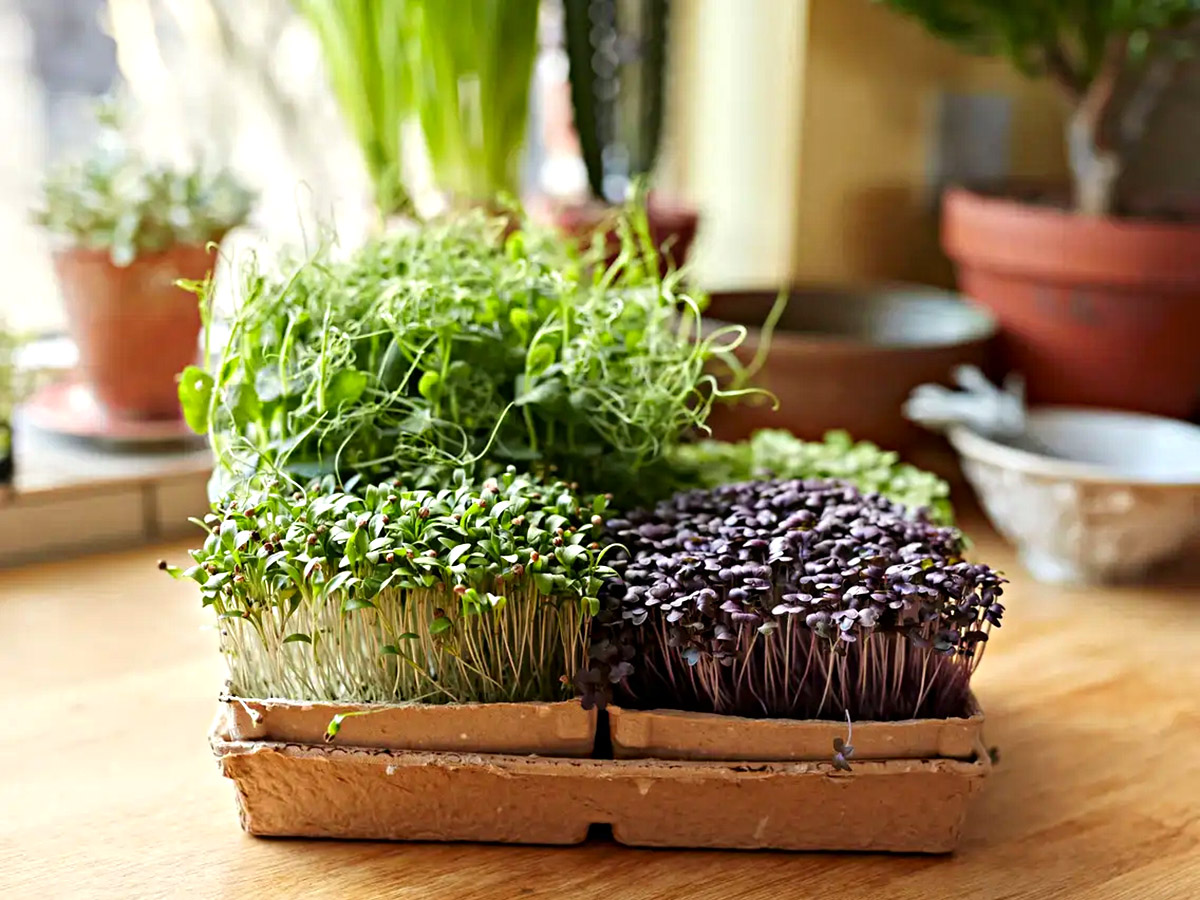


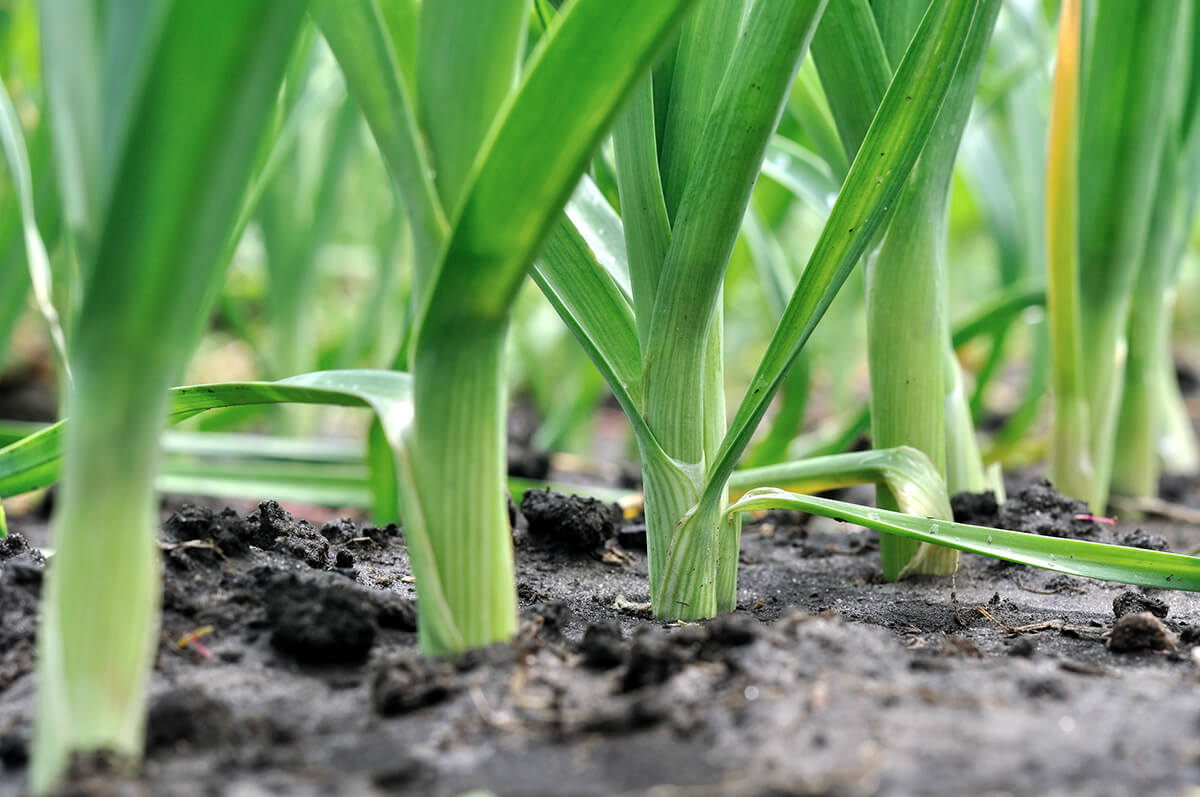
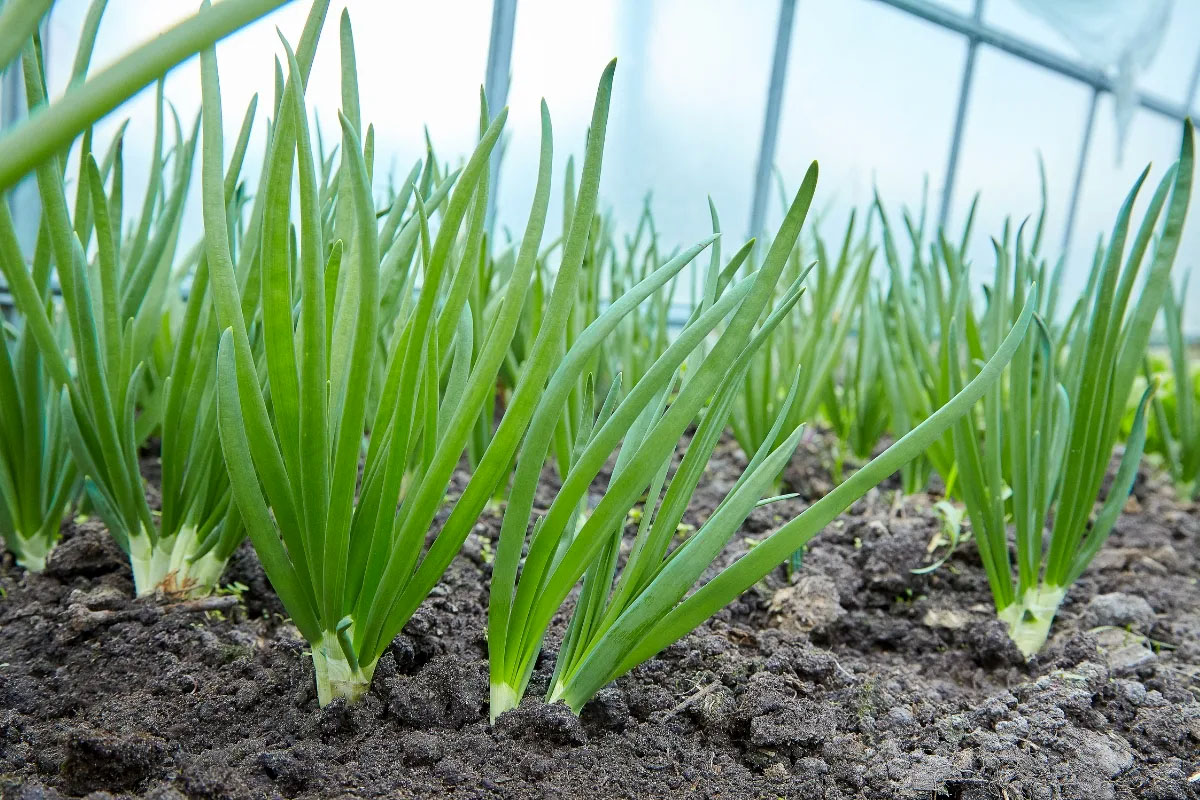
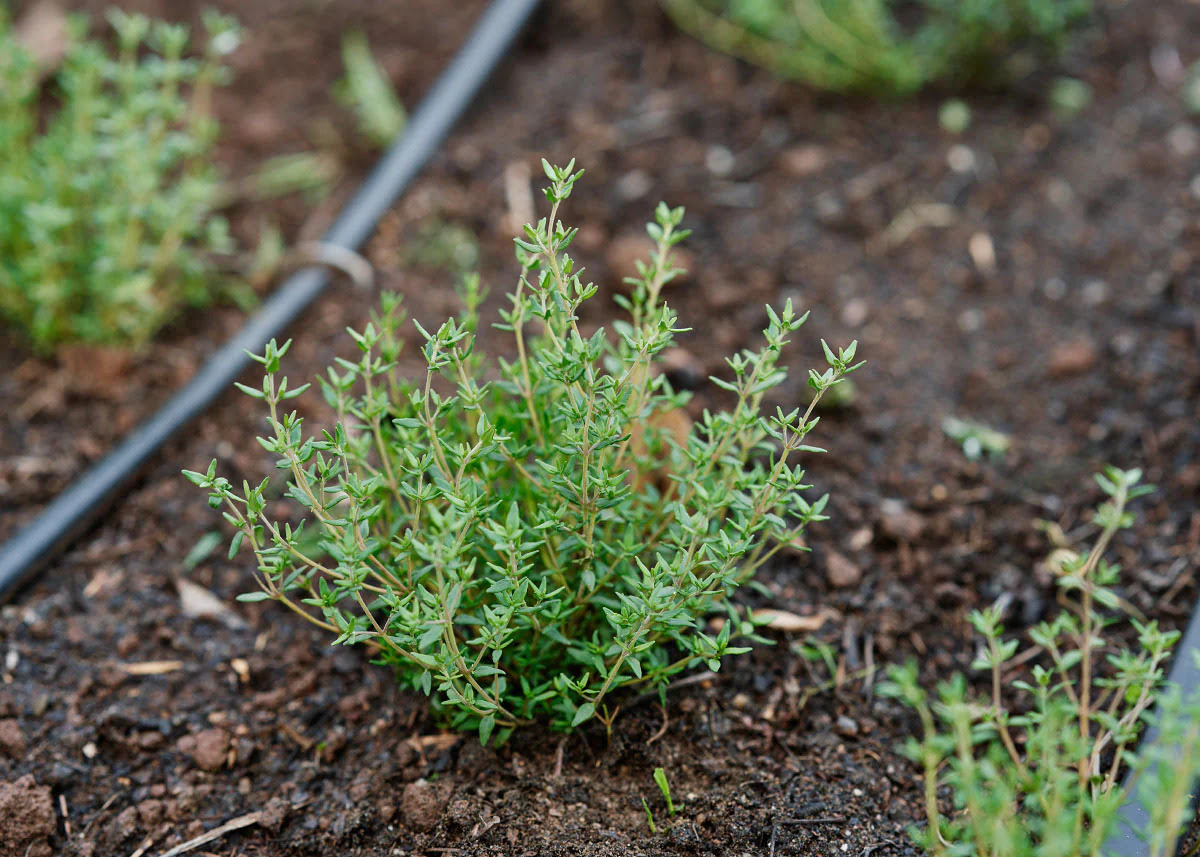
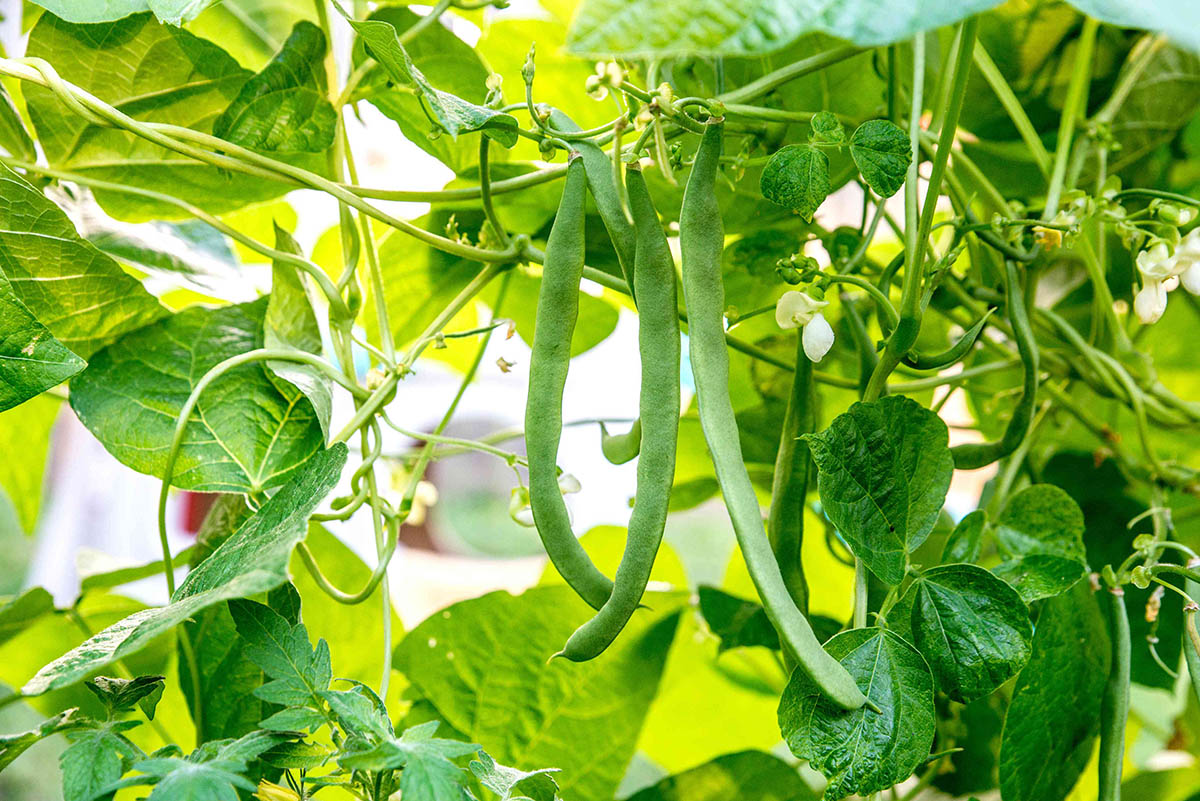

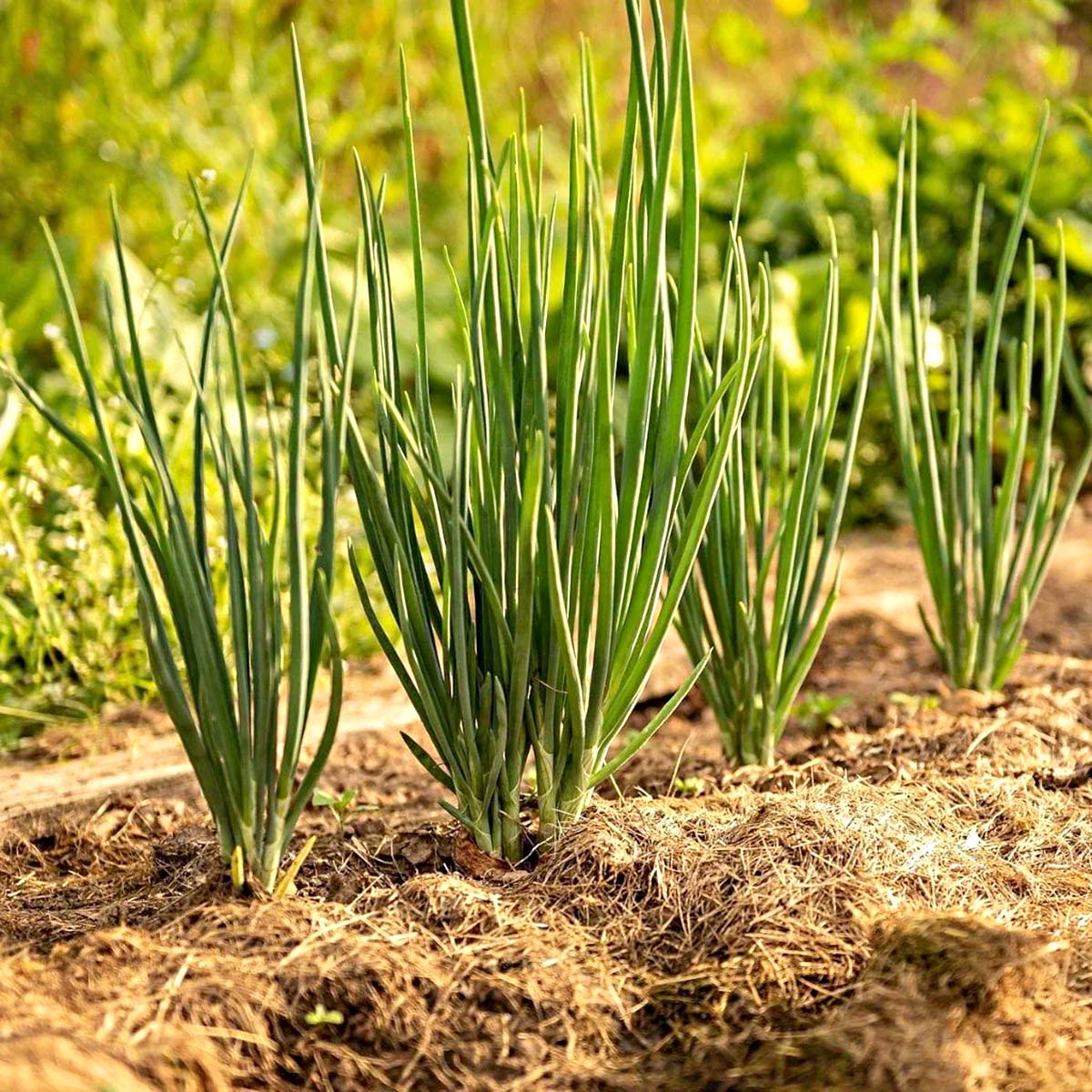
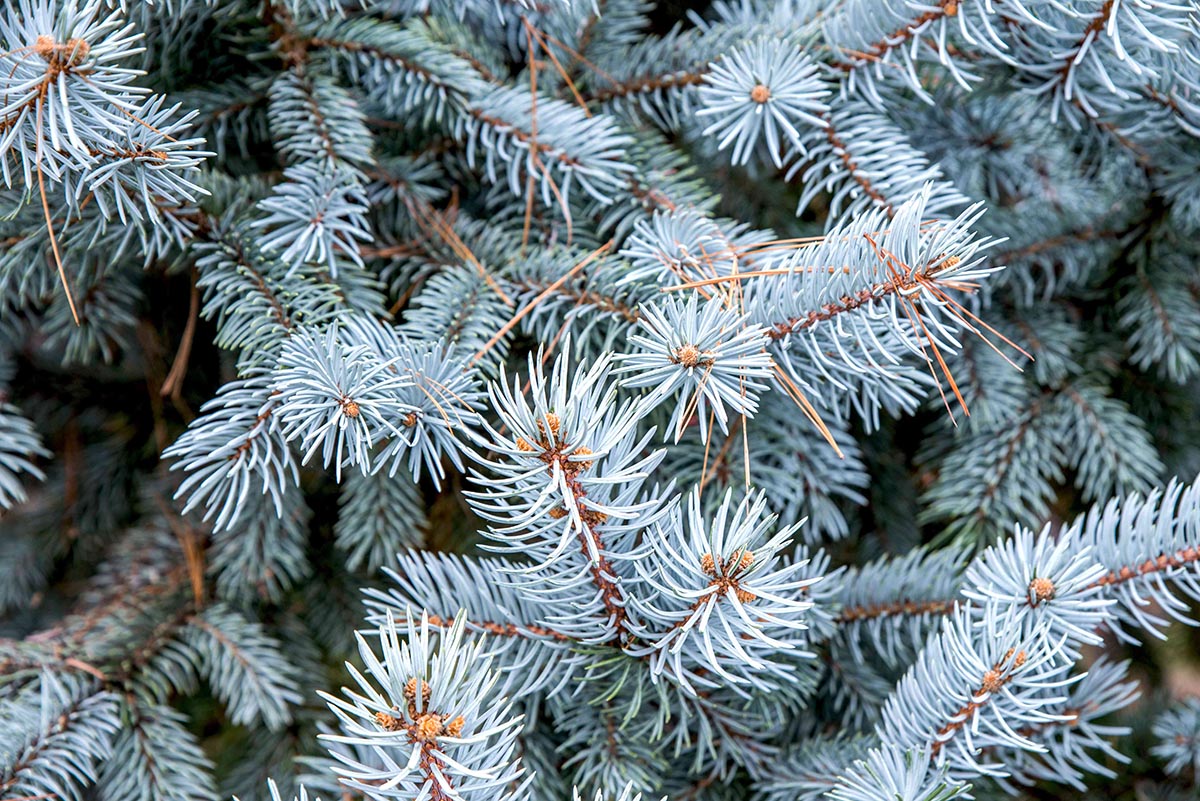
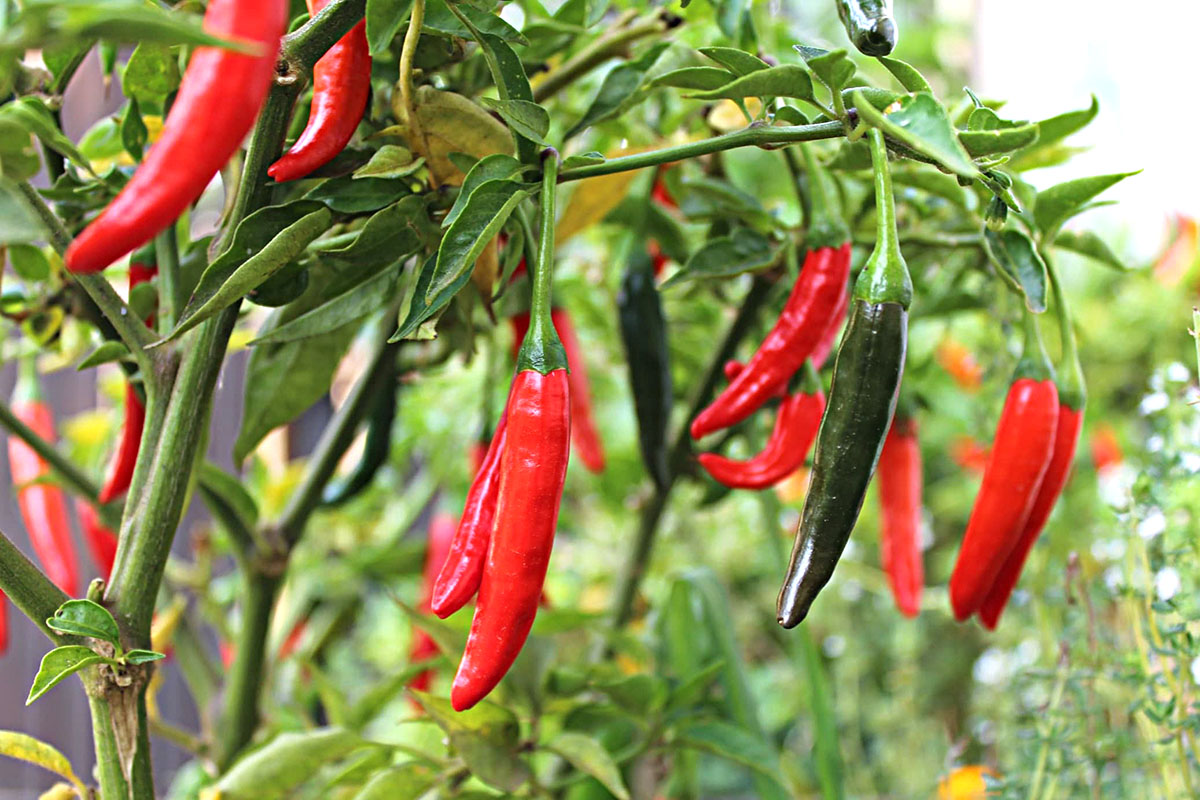
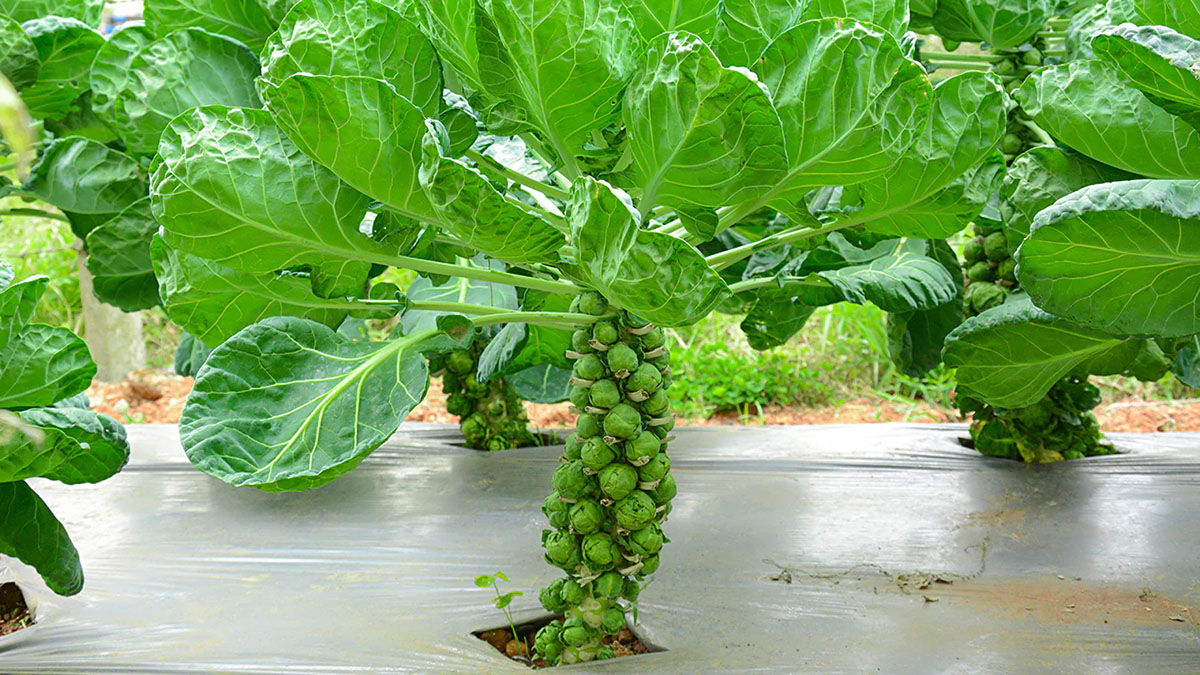
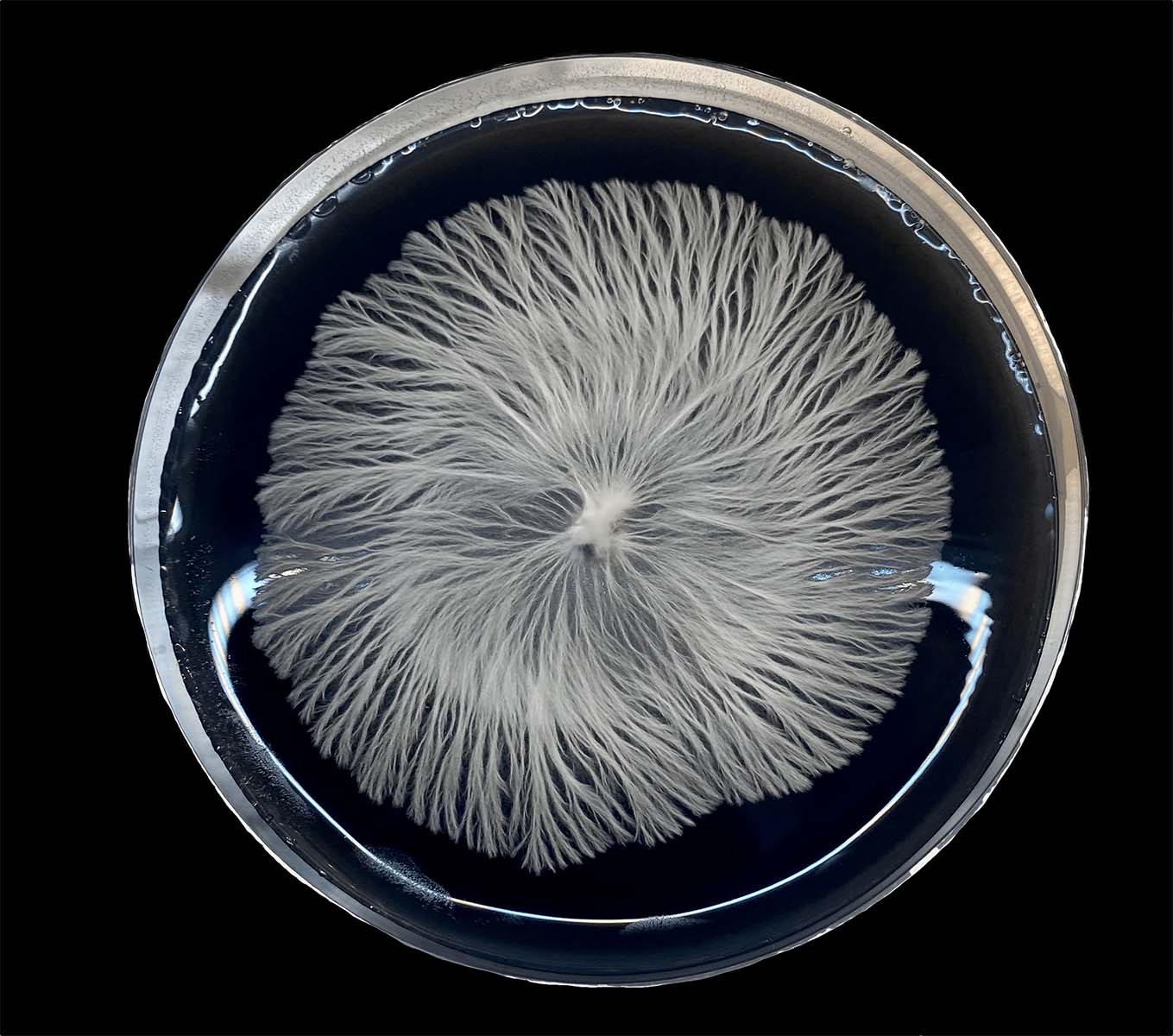

0 thoughts on “How Long Do Coneflowers Take To Germinate”